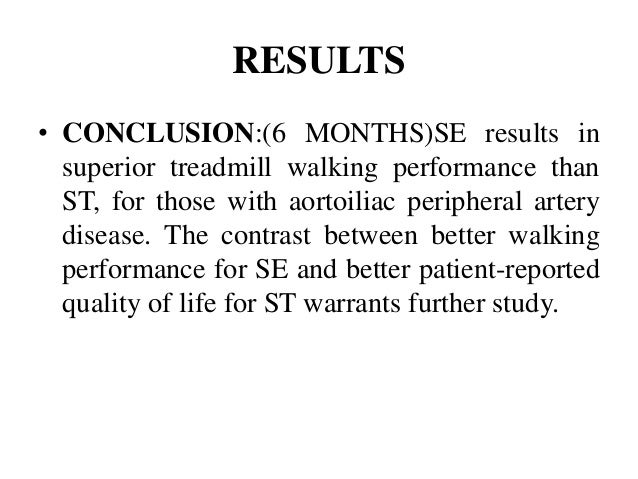Stent Patient Exercise Program
- Heart Attack Exercise Recommendations
- Stent Patient Exercise Program Template
- Exercise After Stent Implant

. Medical Specialties. Healthcare Solutions. Customer Support.
Professional Education. Implanted Devices. Health Conditions. Procedures & Treatments. Patient Support. Patient Product Information. Featured Products.
Product Categories. By Medical Specialty.
Resources & Support. About.
Heart Attack Exercise Recommendations
Citizenship. Careers. Investors. News. MedicationsYour cardiologist may prescribe medications to thin your blood and prevent blood clots from forming and adhering to the surface of the stent.
You should not stop taking these medications unless you are asked to stop by the doctor who implanted your stent. When to Call Your DoctorYour healthcare team will provide specific guidelines for when you should contact them. But be sure to call your doctor right away if you experience any of the following:. Chest pain (angina) or more severe or frequent chest discomfort, especially in the first month after your procedure, as these symptoms may indicate a re-narrowing of your coronary arteries. Shortness of breath. Sudden weakness or paralysis of the face, arm or leg. Pain, bleeding or infection at the entry site in your arm or leg.
When launched, it searches for movie files in the disc drive. Interactual player s for windows xp. Windows 10 version Windows DVD Player was made available for Windows 10 on desktop computers to provide DVD playback functionality. On Windows 8, Windows Media Center and DVD playback support were relegated to a premium add-on for Windows 8 Pro, citing the costs of licensing the decoders and the market moving away from the DVD-Video.
Stent Patient Exercise Program Template
Any other unexplained symptoms.
Exercise After Stent Implant
By AMERICAN HEART ASSOCIATION NEWSMedicare will now cover supervised exercise therapy for a vascular condition that affects about 8.5 million Americans, according Thursday by the Centers for Medicare and Medicaid Services.The long-awaited decision means other insurers will likely follow suit.Medicare will cover the therapy for patients experiencing symptoms of peripheral artery disease, or PAD, which is caused by a buildup of plaque in the blood vessels. It most commonly occurs in the legs, causing cramping and pain. As a home health nurse, PAD was what inspired me to start leading a healthy lifestyle (diet & exercise): I saw too many patients with PAD that their physicians could not help them with.